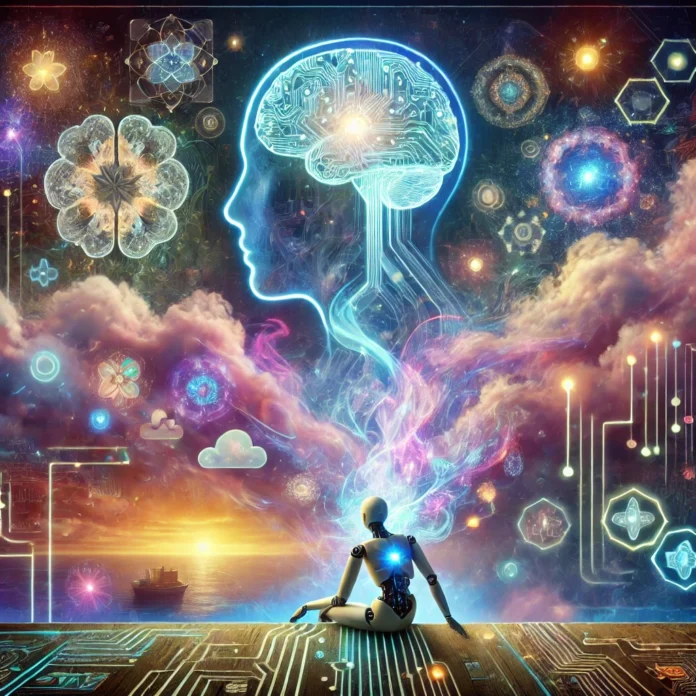Dreams have fascinated humanity for centuries, serving as a source of inspiration, introspection, and mystery. From ancient interpretations rooted in spiritual beliefs to modern psychological theories like those of Sigmund Freud and Carl Jung, dreams have been seen as windows into the subconscious. With the advent of Artificial Intelligence (AI), dream analysis has entered a new frontier, blending technology with age-old questions about the meaning of our dreams. But is AI in dream analysis a legitimate scientific tool, or does it veer into the realm of pseudoscience?
AI’s Role in Dream Analysis
AI’s capabilities in pattern recognition and data processing make it a natural candidate for tackling the complexities of dreams. Using natural language processing (NLP), machine learning algorithms, and sentiment analysis, AI can analyze dream reports to identify recurring themes, emotional tones, and possible connections to a person’s waking life.
One notable application is DreamAI, an experimental platform that uses machine learning to help users interpret their dreams. Users input detailed descriptions of their dreams, and the AI generates insights by comparing these narratives with extensive databases of symbolic meanings and psychological theories. Similar tools are being developed to assess how dream content correlates with emotional states, stress levels, and even physical health.
Additionally, AI is helping researchers study the neurobiological underpinnings of dreaming. By analyzing brainwave data collected during sleep, AI algorithms can identify patterns that correspond to different phases of dreaming, offering insights into how dreams are formed and processed.
Potential Benefits
1. Personalized Insights
AI offers the ability to tailor dream analysis to individuals, considering their unique experiences, emotions, and cultural context. Unlike traditional dream dictionaries, which provide generic interpretations, AI can deliver nuanced insights based on personal history and patterns.
2. Advancing Mental Health
Dreams often reflect unresolved emotions, fears, and desires. By analyzing dream patterns, AI could become a valuable tool in therapy, helping clinicians uncover subconscious issues and track a patient’s emotional progress over time.
3. Large-Scale Dream Research
AI enables the aggregation and analysis of dream data from diverse populations, providing unprecedented opportunities to study shared themes across cultures and societies. This large-scale approach could deepen our understanding of universal human experiences and the role of dreams in emotional regulation.
The Pseudoscience Debate
Despite its potential, AI-driven dream analysis faces criticism for its lack of empirical grounding. Dreams are inherently subjective, and their meanings are deeply tied to personal context and cultural frameworks. Critics argue that no algorithm, however advanced, can fully decode the complexities of the subconscious mind.
Additionally, some AI dream tools rely heavily on outdated or oversimplified symbolic interpretations, which may perpetuate misconceptions rather than provide meaningful insights. The lack of standardization and rigorous scientific validation in many AI dream platforms raises questions about their reliability and credibility.
Ethical and Practical Concerns
Ethical concerns also arise in the collection and use of personal dream data. Dream narratives often include intimate and sensitive details, making privacy and data security paramount. Users must be cautious about how their data is stored, shared, and potentially monetized by AI platforms.
Conclusion
AI’s role in dream analysis is a double-edged sword, offering exciting possibilities while raising important questions about scientific rigor and ethical use. While it may never replace human intuition or psychological expertise, AI can complement traditional approaches, advancing our understanding of dreams and their impact on our lives. As the technology evolves, striking a balance between innovation and evidence-based practice will be crucial to ensure AI serves as a legitimate tool rather than a foray into pseudoscience.





